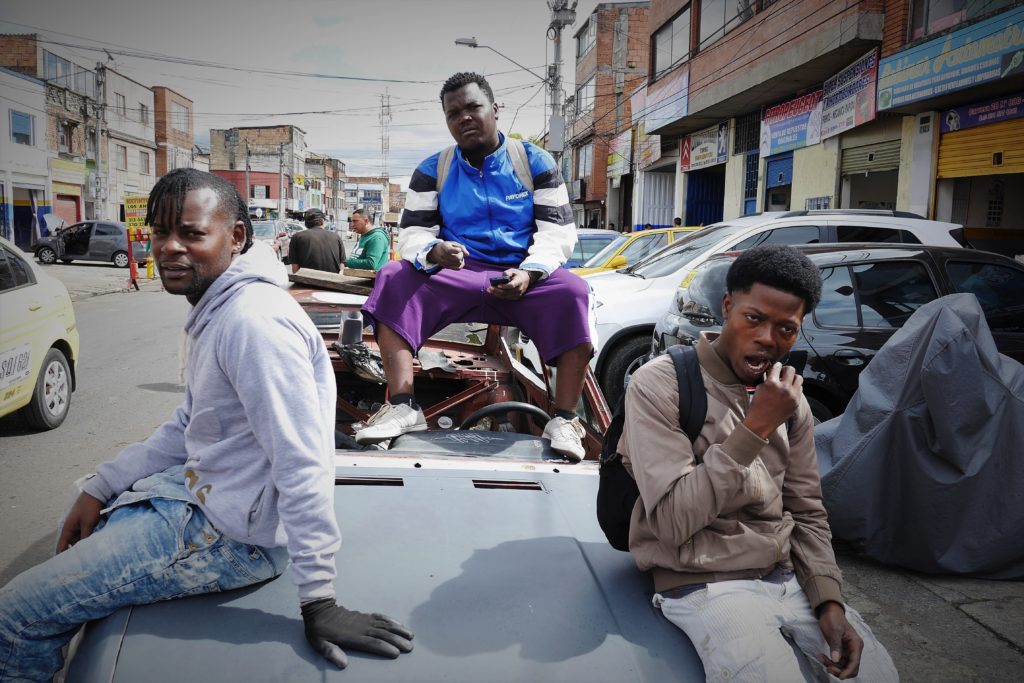A guide to Colombia’s classic 4x4s
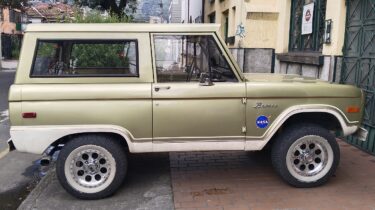
Rural Colombia runs on old ‘campero’ cars…so if you don’t know your Uaz from your Gaz, or or Suzi from your Taft (‘Tough Almighty Fourwheeldrive Transport’) then check out our guide to Colombia’s classic 4x4s.
see related Colombia ‘on the road’ stories here.
also: Buying a car in Colombia
also: Flying Colombia’s DC-3s
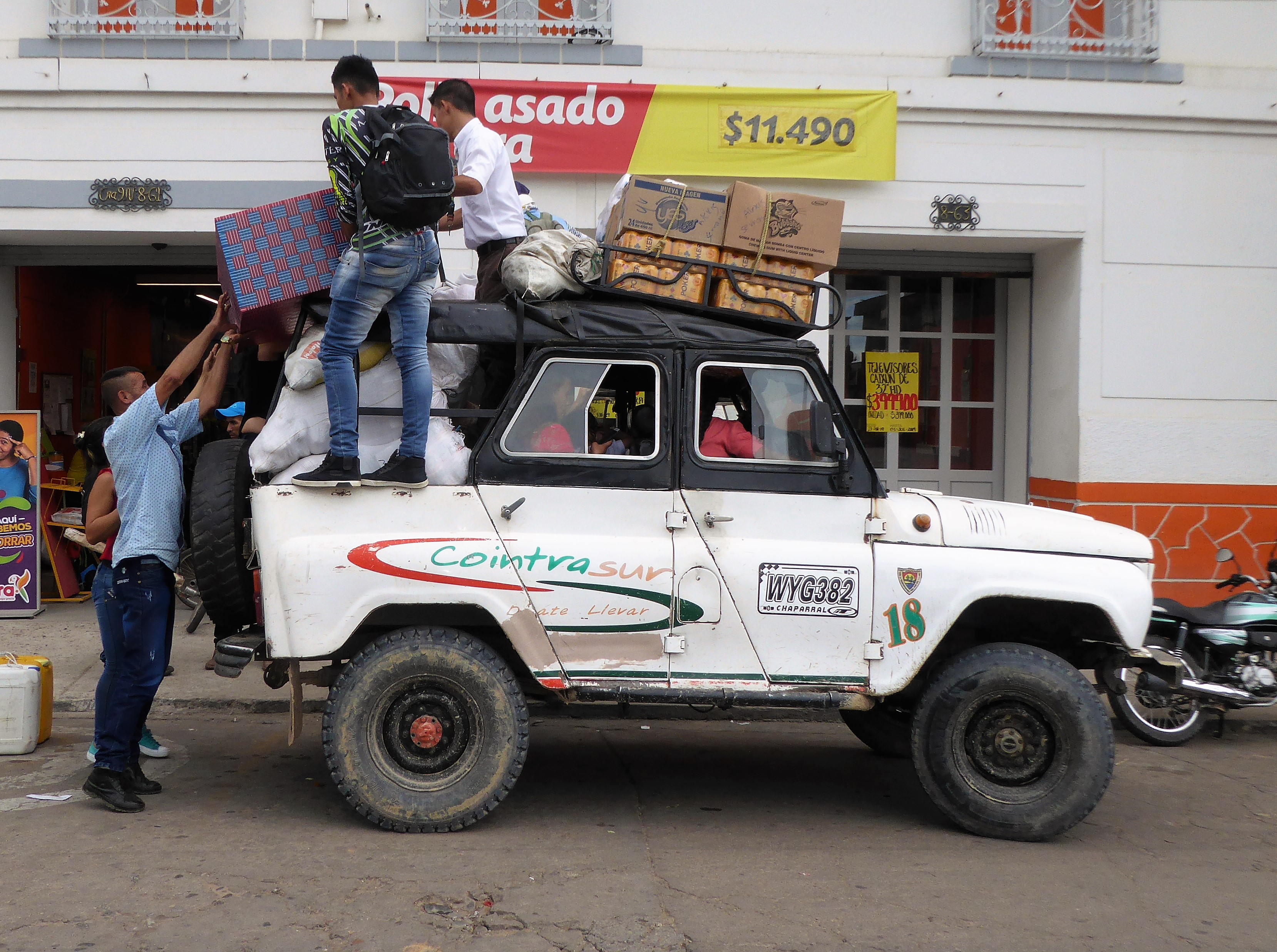
Colombia’s rugged terrain – jungles, deserts, volcanoes, swamps highland moors and wild rivers all scattered over three mountain ranges – makes it one tough country to build roads, concluded The Economist earlier this year.
What the high-brow magazine failed to mention is that it also makes Colombia one cracking corner of the globe for 4x4s. Rugged old camperos connect far-flung farming communities to the market towns carrying people and produce over the roughest trochas imaginable.
And even in highland cities, where barrios spill up over the steep hills, a low-geared pick-up is essential to conquer the crazy inclines where the poorest residents perch their houses.
So, no visit to Colombia is complete without at least one trip in a campero, squashed in farm animals, sacks of potatoes (or yams, if you’re in the lowlands) and sweaty campesinos.
As well as the veterans that still work commercially, there is a thriving collector community and old timers that have owned a ‘classic’ over decades, just kind of hung on to it, and it has become part of the family.
If your mechanically minded you can marvel at an amazing range of fixes that local workshops have become skilled at to keep the old beasts alive: engine transplants, hybrid axles or putting truck air brakes on a small jeep, all the better for the steep hills. I’ve seen vehicles with major components from four different brands, but somehow they work fine.
Here’s some of 4x4s you’re likely to see, with some potted history-
Toyota Land Cruiser FJ40
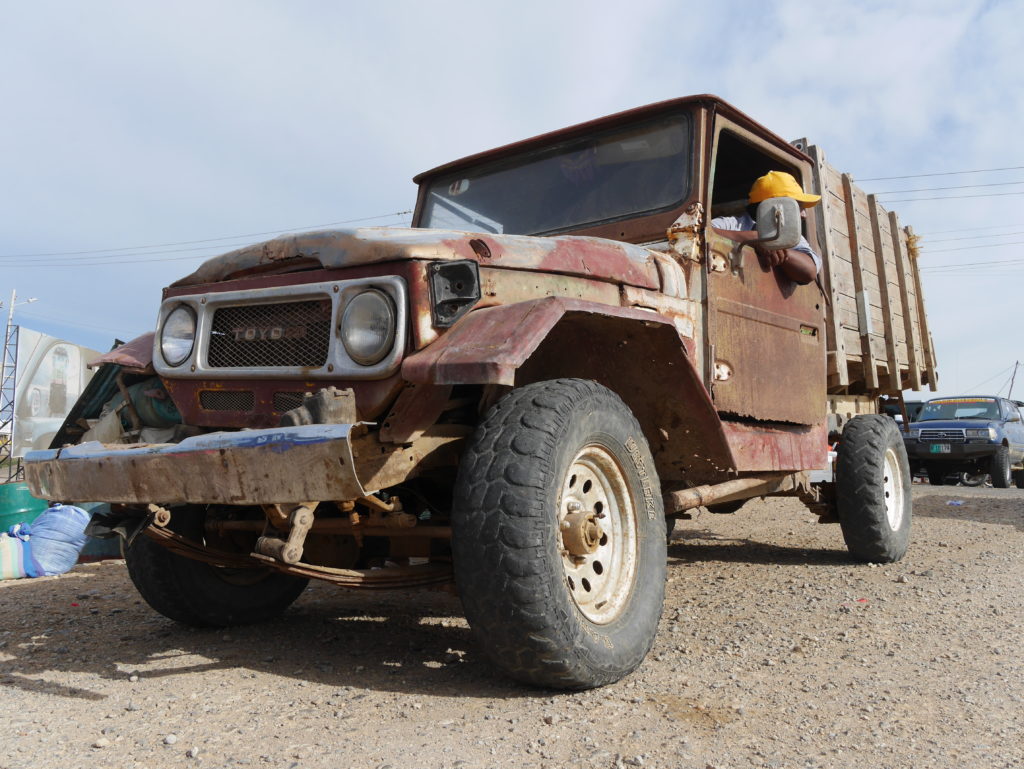
Legend had it the Japanese reverse-engineered a Willys Jeep captured in the Philippines in the 1940s then – in the 1950s – copied the ‘Land Rover’ name, creating the Land Cruiser. If true, they did a better job than the originals. The classic FJ40s SWB came to Colombia in the 1960s and they are everywhere, in every imaginable state. Some in concourse-conditions, others near-wrecks, many still working every day in transport in the toughest terrain. Many are being rebuilt and exported to feed a hungry world-wide classic FJ market.

Their popularity in Colombia makes them expensive to buy, but there are plenty of places to get them repaired and maintained, and spare parts are never a problem. There are some FJ45s (long wheel base and pick-ups) and even some FJ43s (medium wheel base).

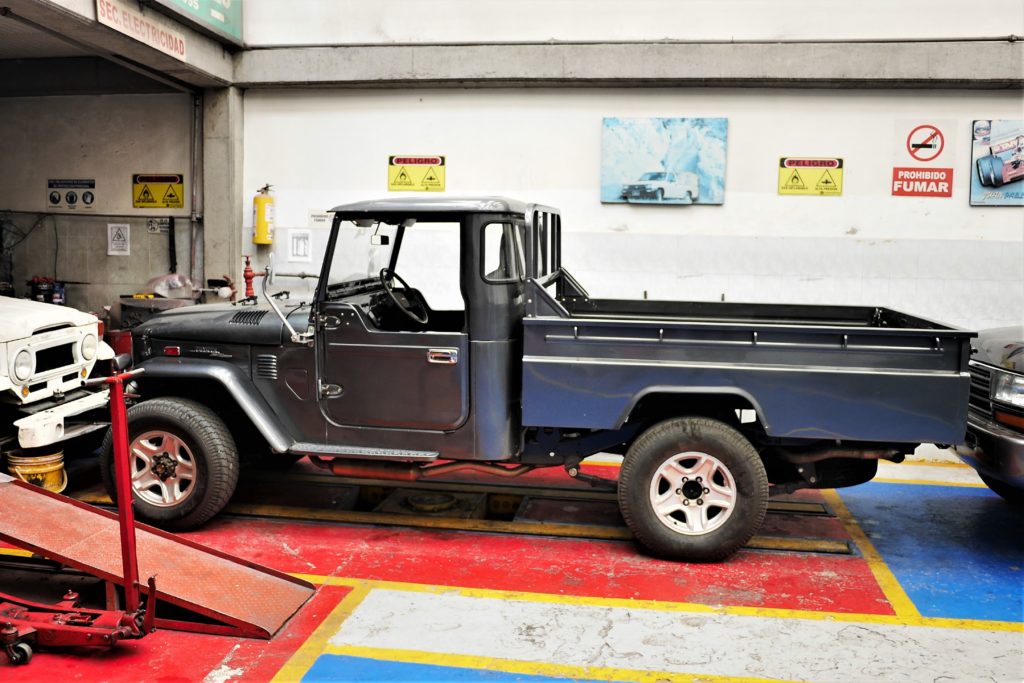
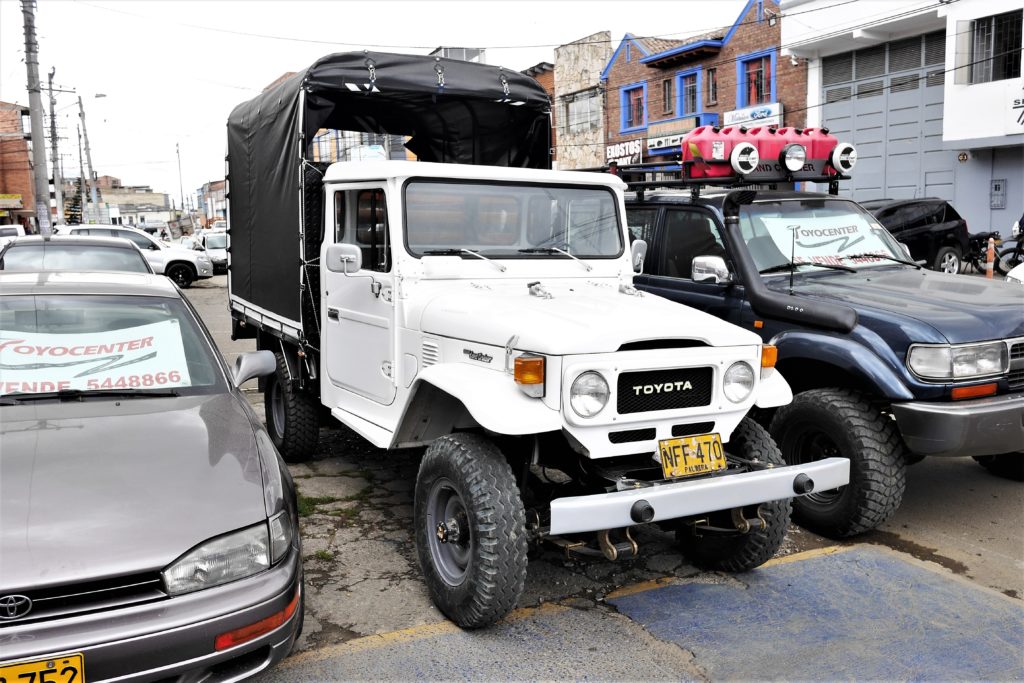
Nissan Patrol
Patrols fill the same niche in Colombia as their Landcrusier cousins: loved and transporters for tough conditions, you’ll see old battered 1960-80 models in rural areas and steep areas of the south Bogotá plugging the mud roads that run through the invasion barrios. Like their Land Crusier counterparts, there are SWB and LWB versions, and Patrols also started their design life in Japan as post-WWII Willys knock-offs, before evolving into the grunty 60 series with a 6-cylinder petrol engine.

In rural areas and the poor parts of Bogotá there are still plenty of around. In fact in Ciudad Bolivar, in the south of the city, you will find dozens taking passengers up and down the steep roads to the informal settlements built illegally on the hillsides.
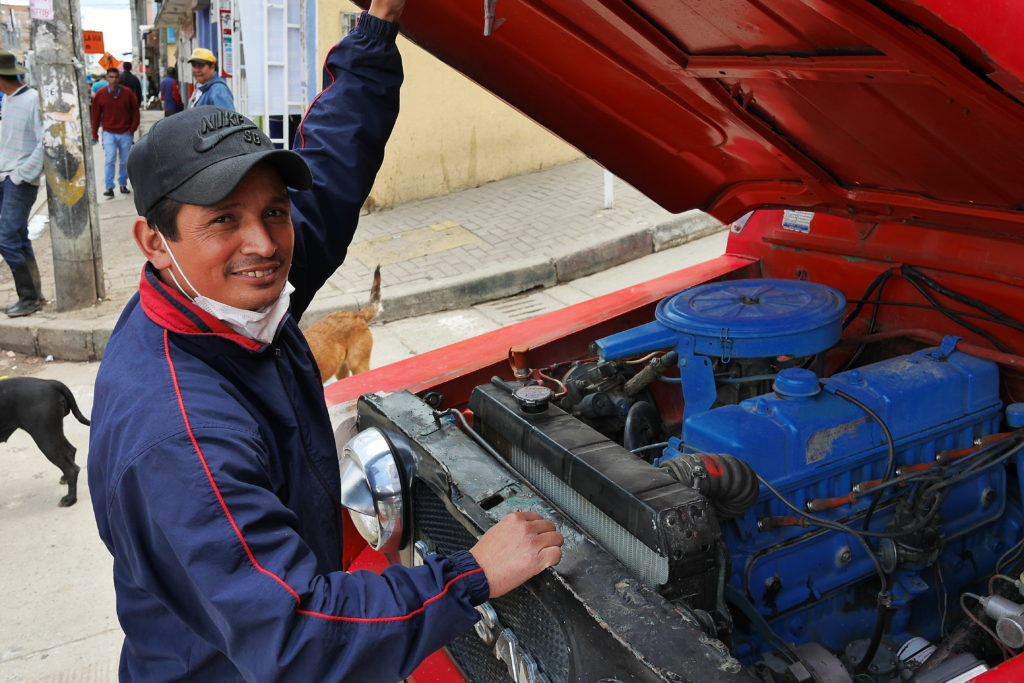
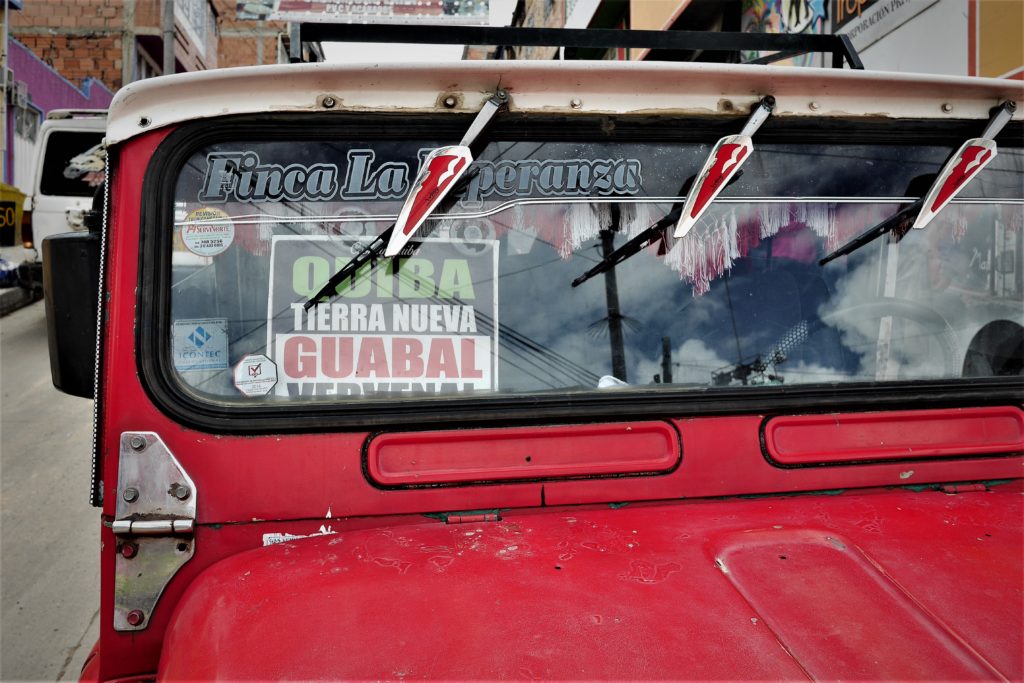
Land Rover Santana
The Land Rover Santana dates to the 1950s when a Spanish company started UK-supplied kits of the simple tough vehicle which is still the gold standard for off-road drivability. The ‘Series IIA’ mode with 2286cc petrol engines started arriving in Colombia in 1962: many are still driving today. By the 1980s the company designed its own – sometimes better – models and became popular in Latin America for their durable aluminium body and fuel efficiency. Owners club Legion Land Rover promises ‘fantastic adventures in their unbeatable vehicles’. Various models were popular here including 6-cyliner long-wheel-base and the sporty shorty ‘2500’. The last Land Rover-type model rolled out in 1994, based on the Defender, after which the Spanish factory switched to Suzukis.
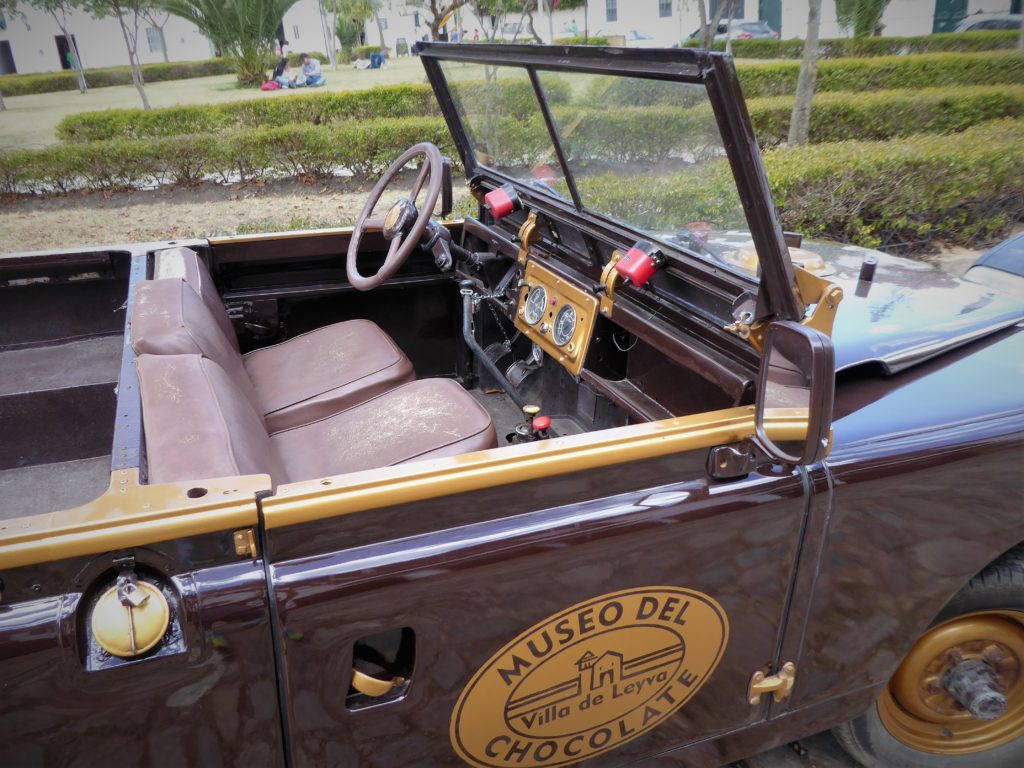
You can find Land Rovers all over Colombia, but a hotspot seems to be Villa de Leyva where topless 1970s models are used as tourist transport.


Daihatsu F20 TAFT
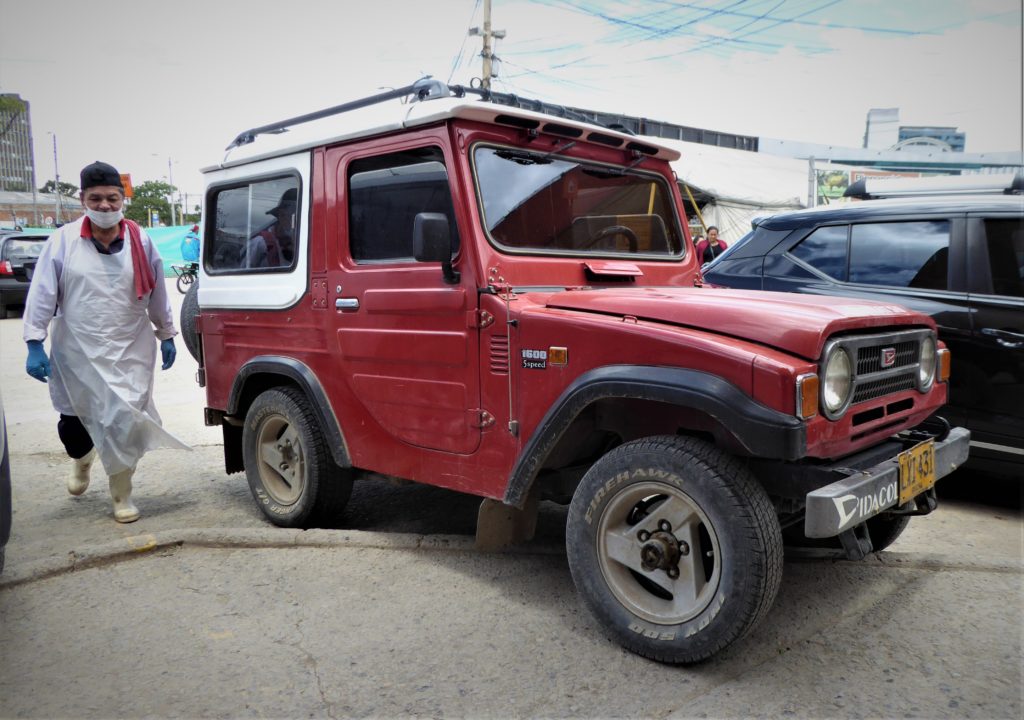
The robust F-series Daihatsu ‘Taft’ (‘Tough Almighty Fourwheeldrive Transport’) micro-camperos arrived in the mid-70s with 960 cc motors but wowed Colombians with their torquey engines and no-nonsense design. They’re favourites in rural areas and command top prices on the second market, particularly the 1600 cc F20. At only 3.6m long they’re not used so much for commercial carrying, but are regular workhorses on fincas.

Willys Jeep
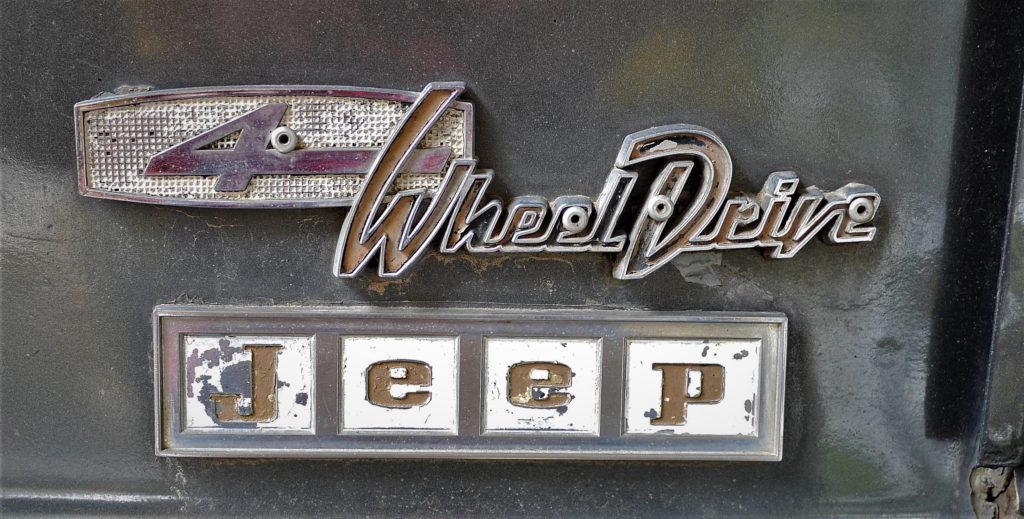
Where to start? The iconic Willys jeep is so embedded in local culture – particularly in the Eje Cafetera where it was first imported in 1946 to carry coffee – that there are serious proposals to declare it Colombian cultural patrimony. And for many years CJs (‘Civilian Jeep’, the world’s first mass-produced 4x4s) were assembled in Colombia.

Here you can find models right through the CJ range (to 1986) and many 1940-50s versions (CJ2A and CJ3s) are still used for carting coffee and avocados but are also collectors’ items and often dressed up as ‘M’ military style (though I suspect most are CJs on wolf’s clothing).
Some years back I saw first-hand how these small but sturdy4x4s could carry a tonne of avocados across the deadly ridge roads of the Montes de Maria (while dodging mudslides and firefights between the army and local guerrillas). Drivers would put wrap ½” link chains over the tyres to get traction on the treacherous terrain.
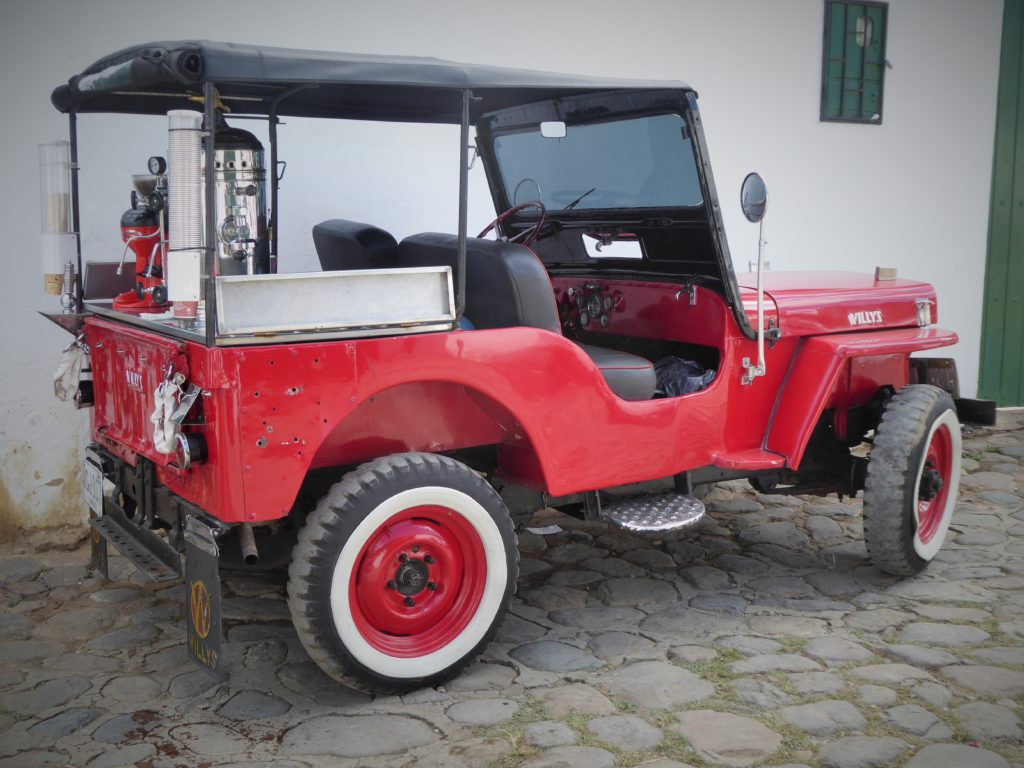
In many workhorse CJs the original 2.2 litre petrol engine has been swapped out for a newer Nissan or Ford. Also look out for early 1960s Jeep Willys Overlander Wagons – the first ever SUV – with their panelled bodies.
You’ll find old Jeeps all over Colombia but worshipped most in the coffee lands where cultura jeepera is honoured at a cavalcade of ‘Yipaos’ in Armenia, Quindío.
There are also some Kaiser Jeepster Commandos C101s knocking about, usually with their original Buick V6 engines.

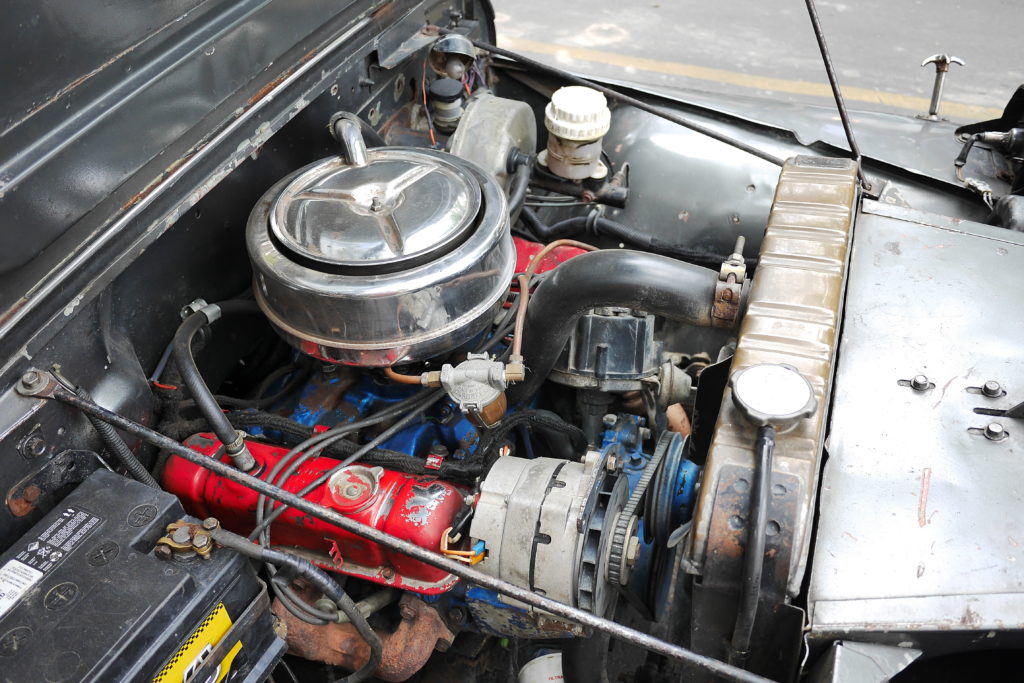
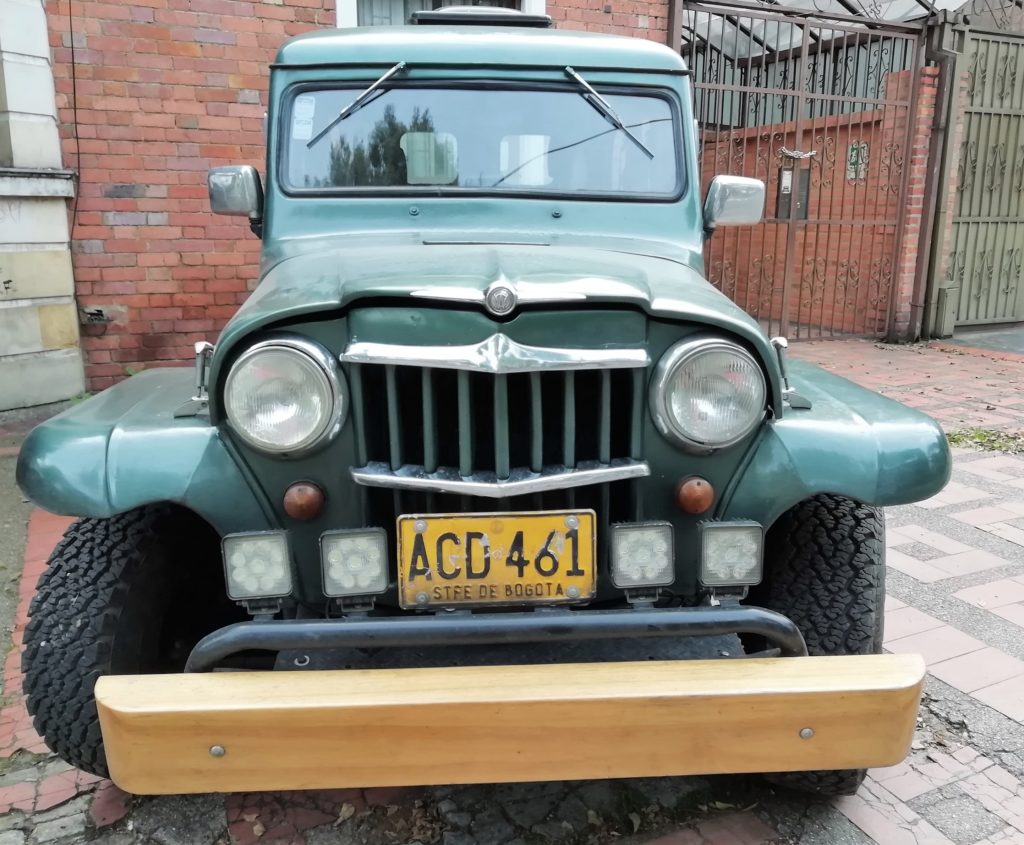
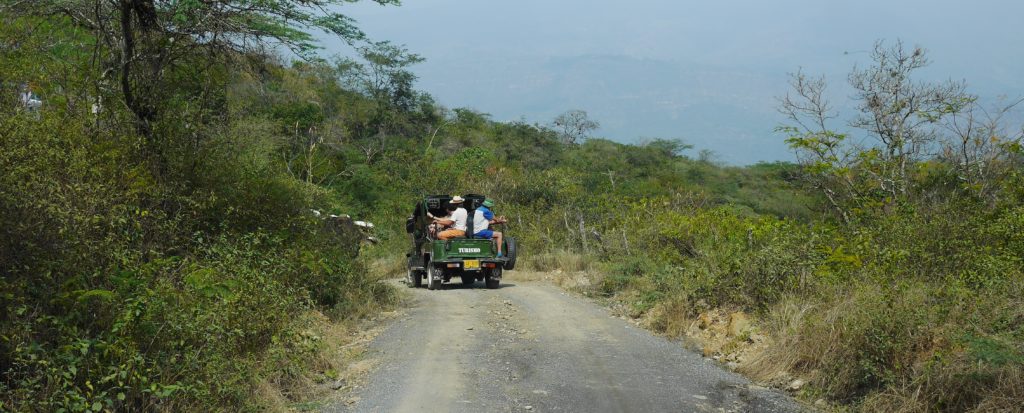
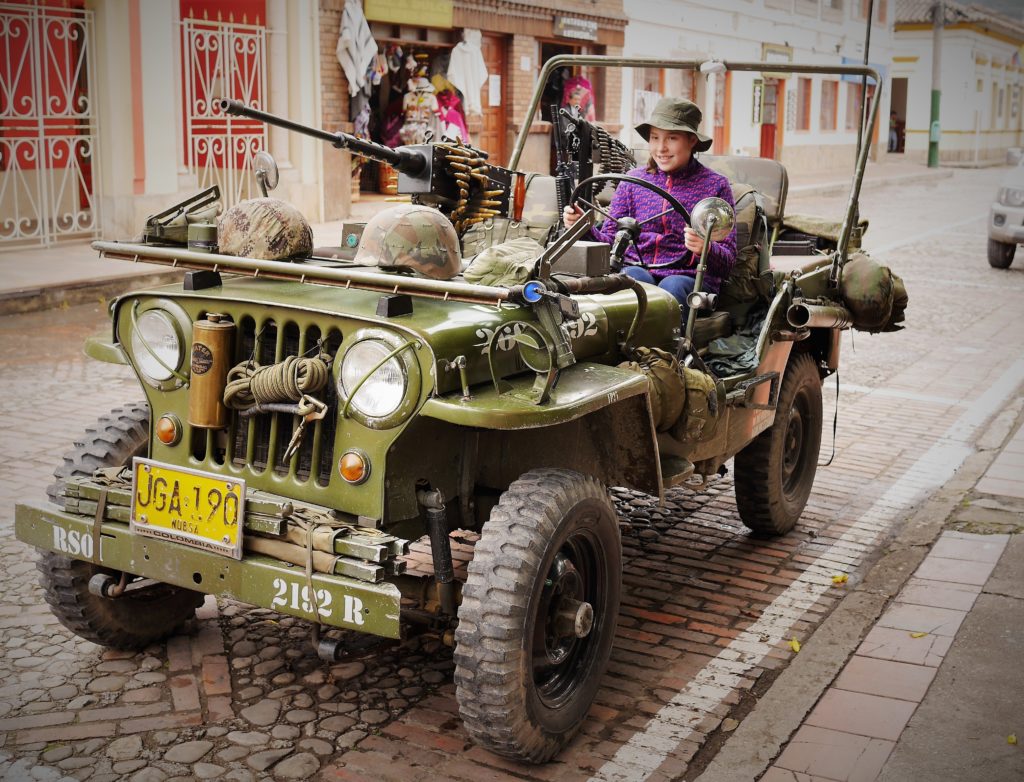
UAZ y GAZ
Udivitelny! Some of these military-style Soviet-made 4x4s initially came from Romania and were swapped for bags of coffee beans. I first came across 2,400 cc motor GAZ-69s in rural Cordoba carrying farm workers over boggy tracks. Many are now retired, but with luck you’ll still find a few lurking around Monteria’s central market, where they’re still called ‘peseros’ (small change for a trip). But still going strong are the hardy UAZ, Ulyanovsky Avtomobilny Zavod, the Red Army’s answer to the Jeep, first built in the 40s but perfected in the late 1960 as the UAZ 469, exported to 80 countries and loved in all of them.
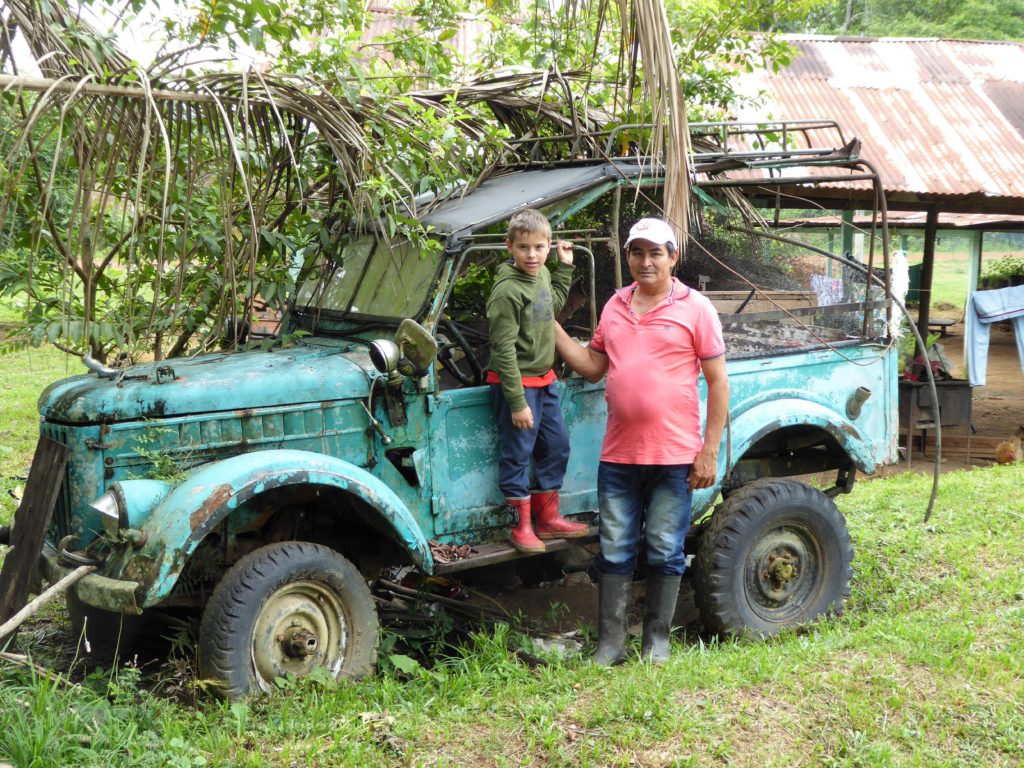
From a distance these stubby solid four-door ‘double-cabin’ camperos look like someone seriously squashed an old Hilux, but close-up they are deceptively roomy. Most Colombian UAZs clock up the clicks carrying campesinos and cargo so today many have undergone an engine transplant with newer motors such as Nissan diesels. I heard the old UAZ motors were fine, but it was not so easy to get spare parts. UAZs hide out in Tolima where they ply the former guerrilla redoubt of the Cordillera Central.
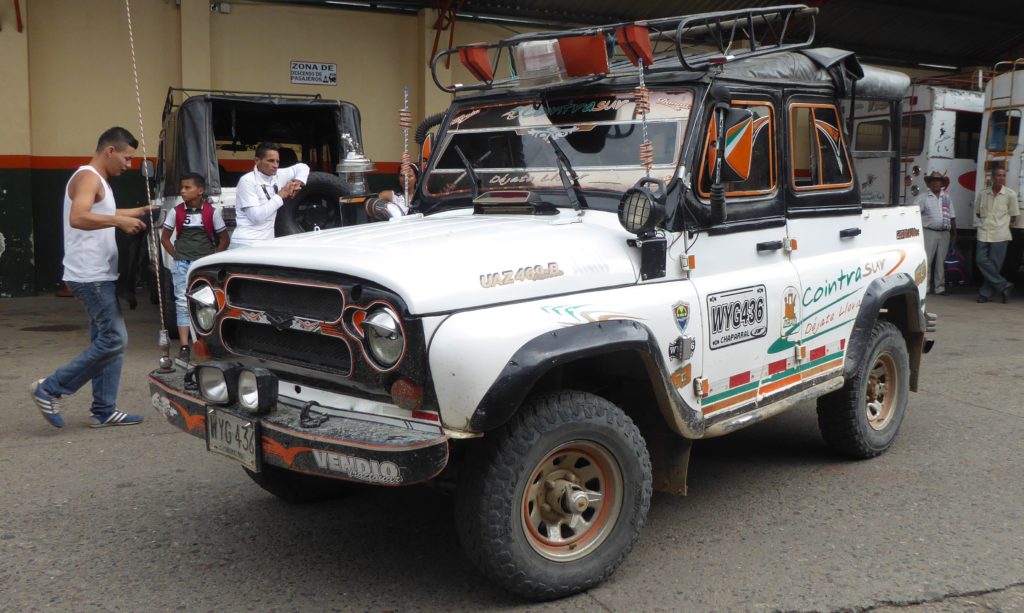
In the last year UAZ has made a comeback to Colombia with new models and also one from the past: the remarkable 452 Buhanka, a 1965-designed rugged 2.7 litre 10-seater 4×4 combi van that resembles a loaf of bread (‘bukhanka’ in Russian) but still being made to the original design..
But were old Buhankas ever imported into Colombia? Quite possibly. If you see one, let me know.

Suzuki LJs
Perhaps the smallest campero in the Colombian campo, the Japanese answer to the Willys Jeep were under 3 metres long and started out with the LJ10 and its 360cc two-cylinder air-cooled engine. The big sellers in Colombia seem to the 1970s LJ80s softops, with 4-cylinder 800cc water-cooled engines, also known as the Jimny, a name that has stuck down the years. The 1970s models are still popular in off-road competitions and keep their value – but are generally cheaper – then the Willys equivalents. In the 1980s the range became SJ Samurais, and the mark switched to Chevrolet, but the old classics carry the Suzuki badge.
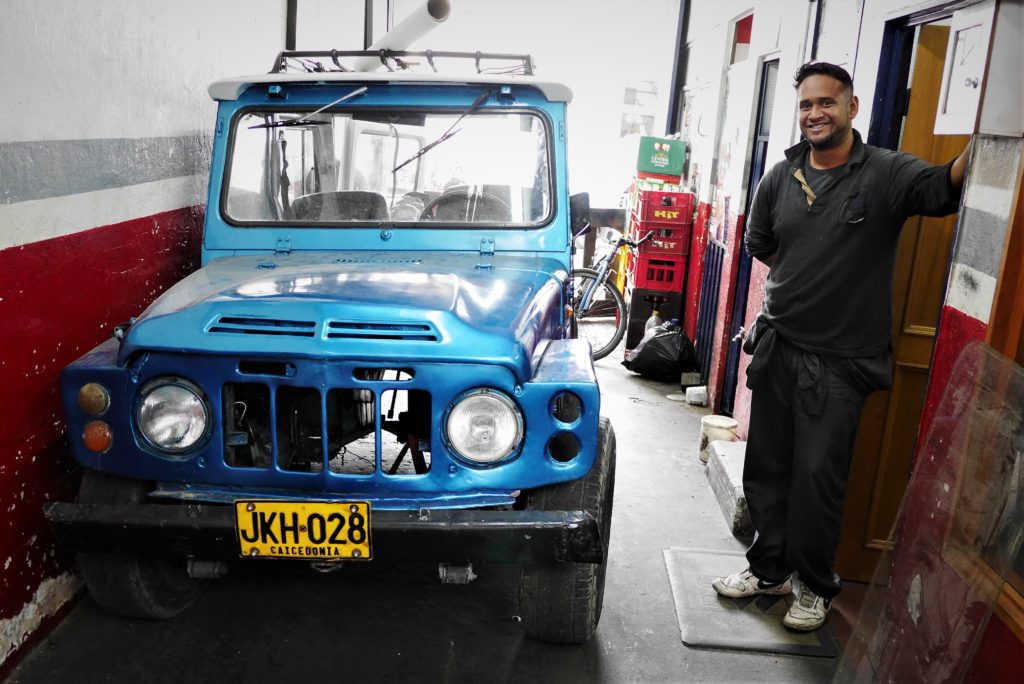
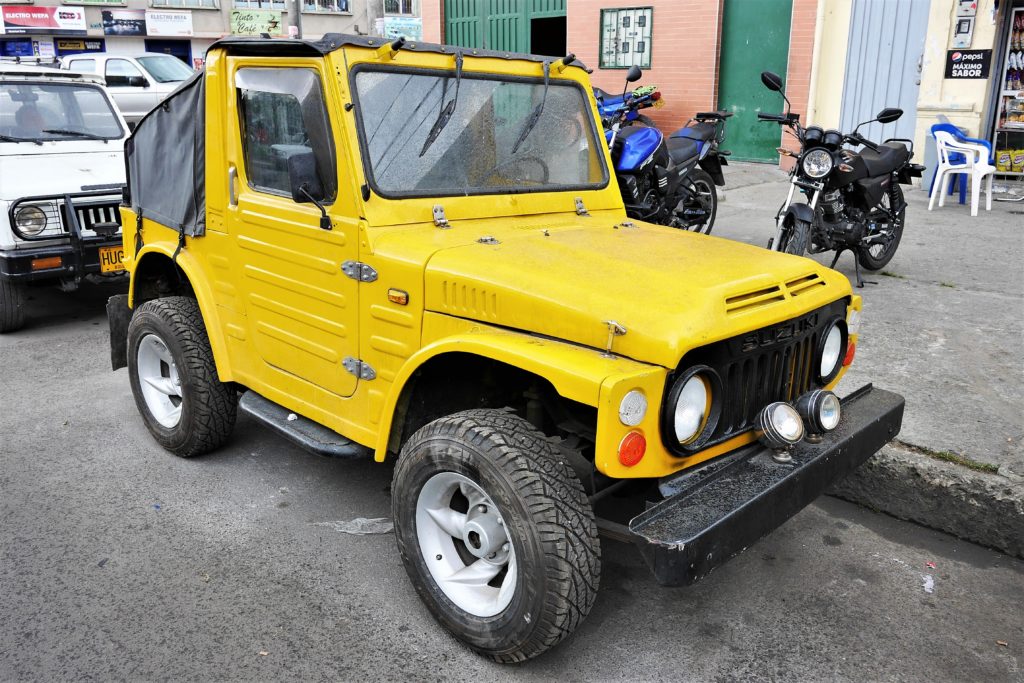
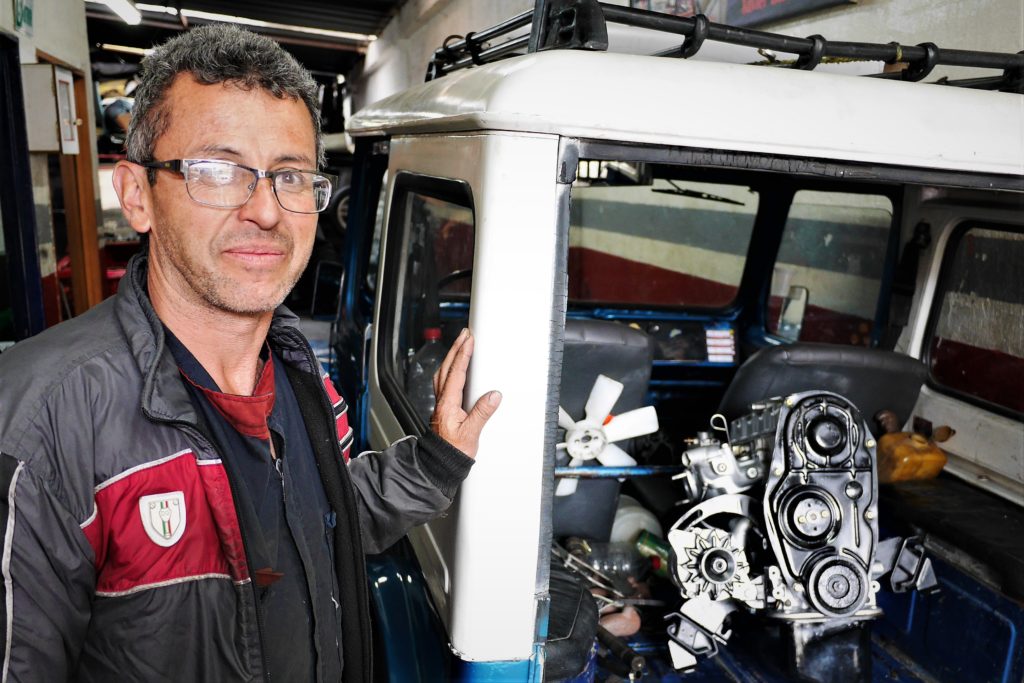
Mitsubishi Montero/Pajero
Since 1982 at least 50,000 Monteros LO40s/42s were sold in Colombia and many still run, often family farm cars but they are pop up just about everywhere. There are LWB wagon versions, but for off-road you need a solid SWB similar to Toyotas in design and running gear, with solid chassis, tough suspension, but a smaller 4 cylinder hi-torque 2.4 or 2.6 litre engine. They are slow on fast roads but have a brilliant ride off-road and are (in my opinion) the perfect car for Colombia, great for Bogotá potholes, desert, mountains and swamps.
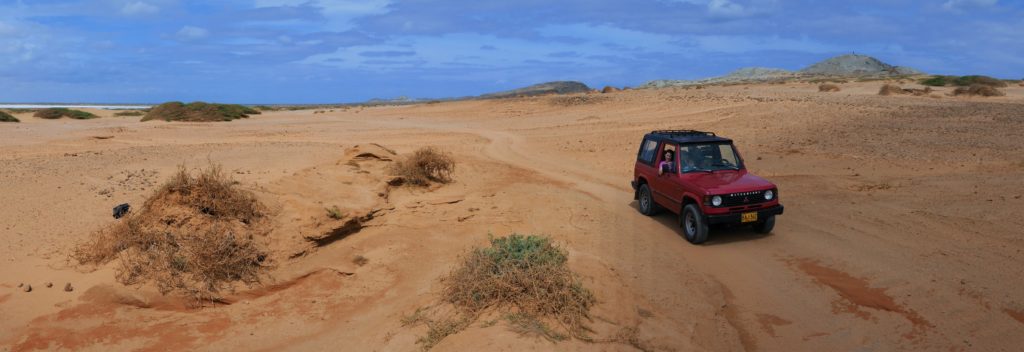
They lack the power of the Nissan Patrol and Toyota Landcruisers so don’t figure so much in public transport, and in terms of size and strength land somewhere between the Daihatsus /Suzuki micro-camperos and their larger 6-cylinder cousins.
Two Monteros (called Pajeros outside S America) took 1st and 2nd place in the Paris – Cape Town Rally of 1985, and the mark went on to 11 more wins in the tough rally: a record for any line of vehicles.
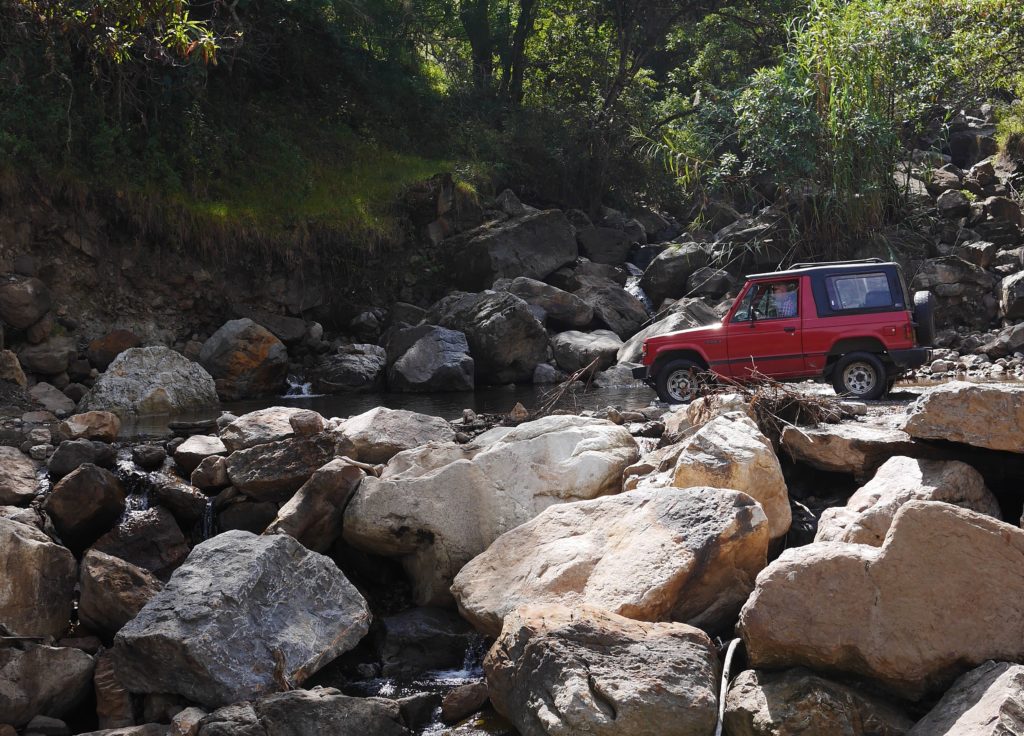
Today in Colombia they are everywhere, they hold their price, but aren’t collectors’ items like Toyota’s and Willys so are affordable, easy to maintain and run. They gulp petrol, but if you drive them carefully and keep the carb tweaked you can reduce consumption.
I’ve driven my 1989 SWB ‘Mitzi’ all over Colombia, use it for light construction (loaded with sand, cement etc) and its never let me down.
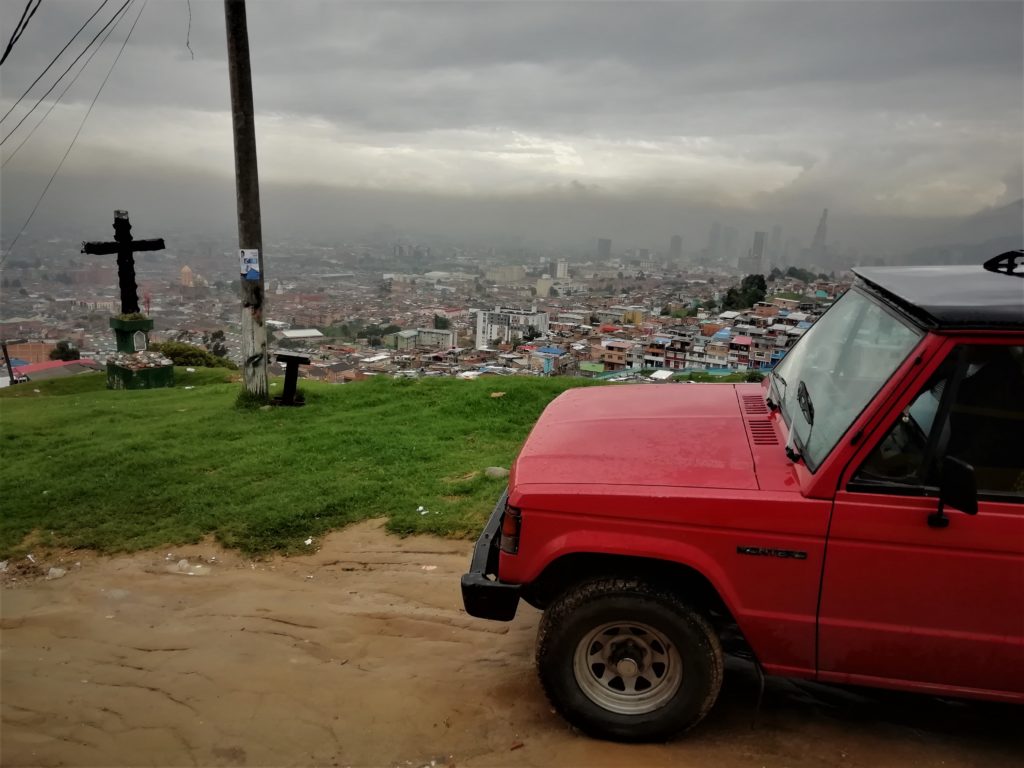
Some others….
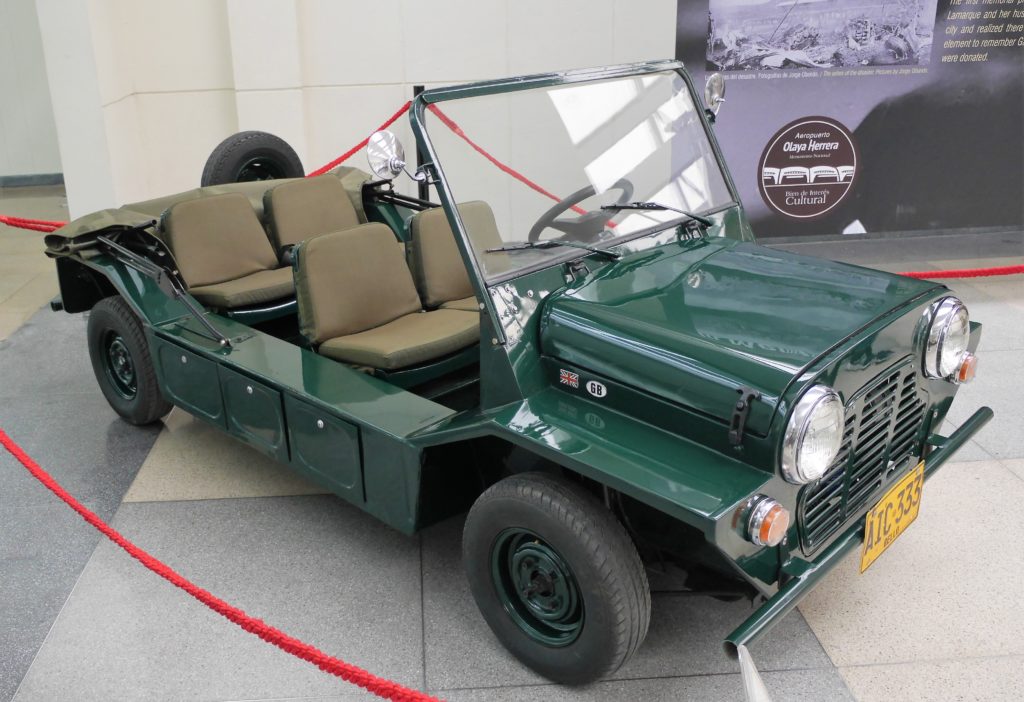


Where to find classic camperos?
In rural towns the camperos congregate close to the central market to carry people and goods to the veredas.
In Bogotá you can chance on a classic campero anywhere in the city, but you are guaranteed to find them – and the owners and mechanics who repair them – in Barrio 7 de Agosto which is home to thousands of workshops, parts sellers, scrapyards for every imaginable car including camperos.

